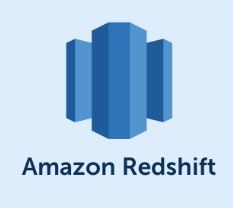In the realm of big data analytics, AWS Redshift Spectrum stands out as a revolutionary tool. It extends the capabilities of AWS Redshift, allowing users to query vast amounts of unstructured data stored in Amazon S3, without the need for loading or ETL processes. AWS Redshift Spectrum offers a powerful solution for organizations looking to enhance their data analytics capabilities. Its ability to query vast amounts of data directly from S3, coupled with cost-effective storage and high-performance querying, makes it an invaluable tool in the data-driven decision-making process.
This article delves into the functionalities and advantages of Redshift Spectrum.
Understanding Redshift Spectrum
What is Redshift Spectrum?
Redshift Spectrum is an extension of Amazon Redshift, the cloud-based data warehousing service. It enables direct querying of data stored in Amazon S3 using standard SQL, seamlessly integrating with existing Redshift databases.
Key Features of Redshift Spectrum
1. Seamless Querying Across Data Warehouses
- Query data across your Redshift data warehouses and S3 data lakes without data movement.
2. Support for Various Data Formats
- Compatible with numerous data formats like Parquet, ORC, JSON, and more.
3. Scalability
- Offers immense scalability to handle exabytes of data stored in S3.
Advantages of Redshift Spectrum
1. Cost-Effective Data Storage and Analysis
- Store large data sets in S3 at a lower cost compared to traditional data warehouses.
2. Enhanced Performance
- Leverages Redshift’s massively parallel processing to run complex queries quickly.
3. Flexibility in Data Processing
- Allows querying against both structured and semi-structured data.
Practical Application: Utilizing Redshift Spectrum
Scenario:
Consider a dataset containing e-commerce transaction records over several years, stored in S3 in Parquet format. The primary users are data analysts, including individuals like Sachin and Manju, focusing on customer behavior analysis.
Implementation:
- Data Storage:
- Dataset:
ecommerce_transactions - Format: Parquet
- Location: Amazon S3
- Dataset:
- Redshift Spectrum Setup:
- Create an external table in Redshift corresponding to the S3 data.
- Define the schema matching the Parquet data.
- Query Execution:
- Run SQL queries in Redshift to analyze transaction patterns, customer demographics, etc.
Read more on Redshift
Read more on Hive
Read more on Snowflake







